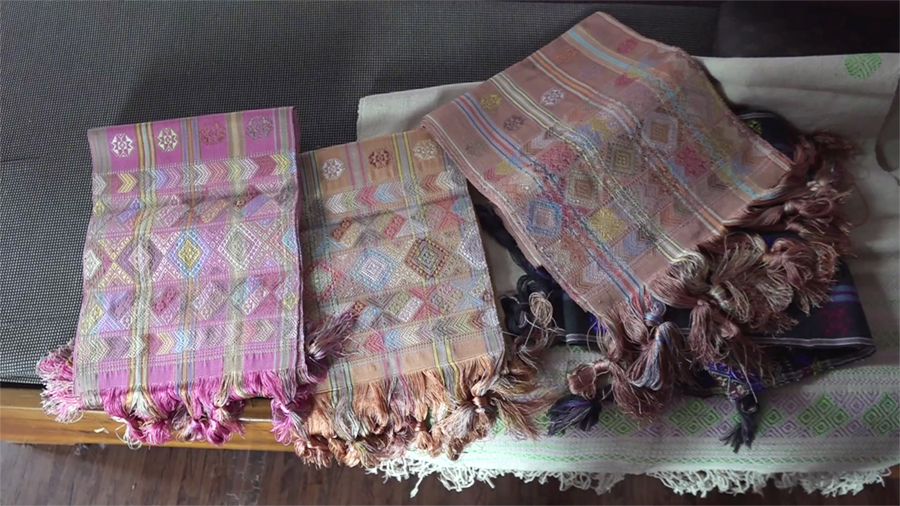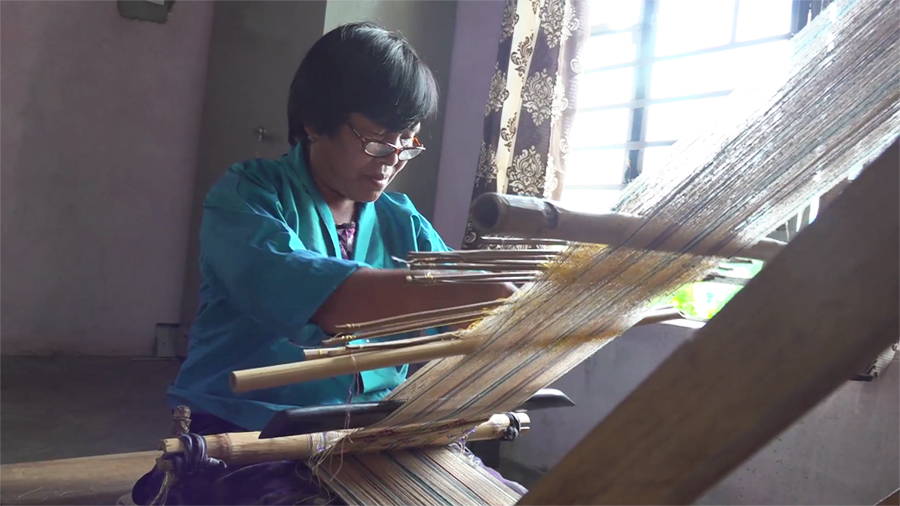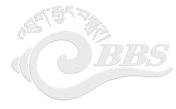
Over the last few years, women of Nagzor-Wuling Chiwog in Samdrup Jongkhar’s Orong Gewog have been able to earn a decent income from weaving. Some of them have been using natural dyes, preserving their rich cultural heritage while creating economic opportunities. Weaving has been passed down through generations.
 59-year-old Khowjimo from Nagzor-Wuling Chiwog is weaving a rachu using natural dye. Like other weavers in her Chiwog, she receives orders from the dealers with the yarns.
59-year-old Khowjimo from Nagzor-Wuling Chiwog is weaving a rachu using natural dye. Like other weavers in her Chiwog, she receives orders from the dealers with the yarns.
They just need to weave it.
“We have to preserve our culture. Our ancestors did it and we are continuing it. It also helps us earn. I make about Nu 20,000 in a month,” said Khowjimo.
Like her, other women also weave tablecloths, rachu, and other items used for decorative purposes.
Through their skilful hands, they are earning ranging from Nu 20,000 to 40,000 in a month.
“My mother taught me how to weave. Weaving has helped me to cover my children’s expenses. I have no other income source,” said Kesang Lhaden, a weaver.
“All women in my Chiwog weave and even school-going girls weave during vacations. Unlike our ancestors, we now receive orders and get paid for our weaving,” said Zangmo, another weaver.
The dealers mostly from Thimphu sell the products in handicraft shops.
According to Chiwog Tshogpa, there are 108 households and every household has a weaver.
Weaving is a way of life for women in Nagzor-Wuling Chiwog.
Kinley Wangchuk, Samdrup Jongkhar
Edited by Tshering Zam









